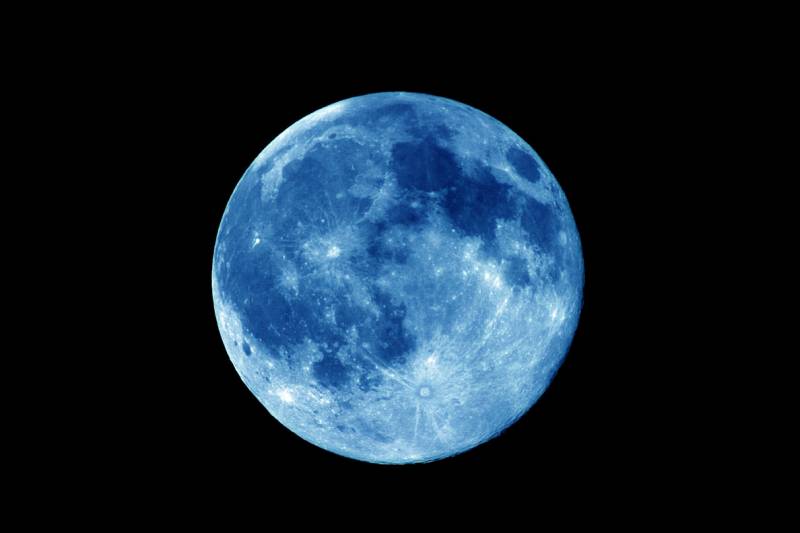Here’s all you need to know about ‘Blue Moon’ on 31 October
By Sumit Jha
Hyderabad: The ‘Blue Moon’ will appear for the first time in two years on 31 October. When the full moon appears twice in a month, the second appearance is known as the ‘Blue Moon”.
The first full moon appeared on 2 October this year. There is misinformation on social media with many people claiming that the Blue Moon will appear after 76 years.
According to N. Sri Raghunandan Kumar, the director of Planetary Society, India, “Generally in a calendar year, at least one full moon is visible in the sky every month. However, sometimes — rarely once in every two or three years or 2.715 years on average — two full moons appear in the same month. In western folklore, the rarity of this occurrence of the second full moon in a month is popularly referred to as the Blue Moon.” The term Blue Moon is not coined or recognised by the International Astronomical Union (IAU), the highest body responsible for astronomy, he added.
When was last Blue Moon and when is the next one?
The last time the Blue Moon occurred was in August 2012, July 2015, whereas 2018 reported double Blue Moons in the months of January and March. The next Blue Moon will occur in August 2023 with a full moon appearing on 2 August 2023 and the second one on 31 August 2023.
Will the moon appear different on 31 October 2020? Will it appear blue?
According to Mr. Raghunandan Kumar, the full moon on 31 October will not appear blue. It is only called Blue Moon because it’s the second full moon in a single month. It will look like any other full moon night. However, social media is abuzz with misinformation claiming that the Blue Moon is rare and it will appear blue on 31 October.
What is the Orionids meteor shower?
A dozen meteor showers occur every year with a large number of meteors, or ‘shooting stars’, seen zipping across the sky. The Orionids Meteor Shower is active from 2 October to 7 November this year. From 11.30 p.m, people looking east can witness bright streaks of light zipping across the sky. These bright streaks of light are particles from the Halley’s Comet entering Earth’s atmosphere only to burn due to friction. According to the International Meteorological Organisation (IMO), approximately 20 meteors are expected to be seen every hour at peak times.